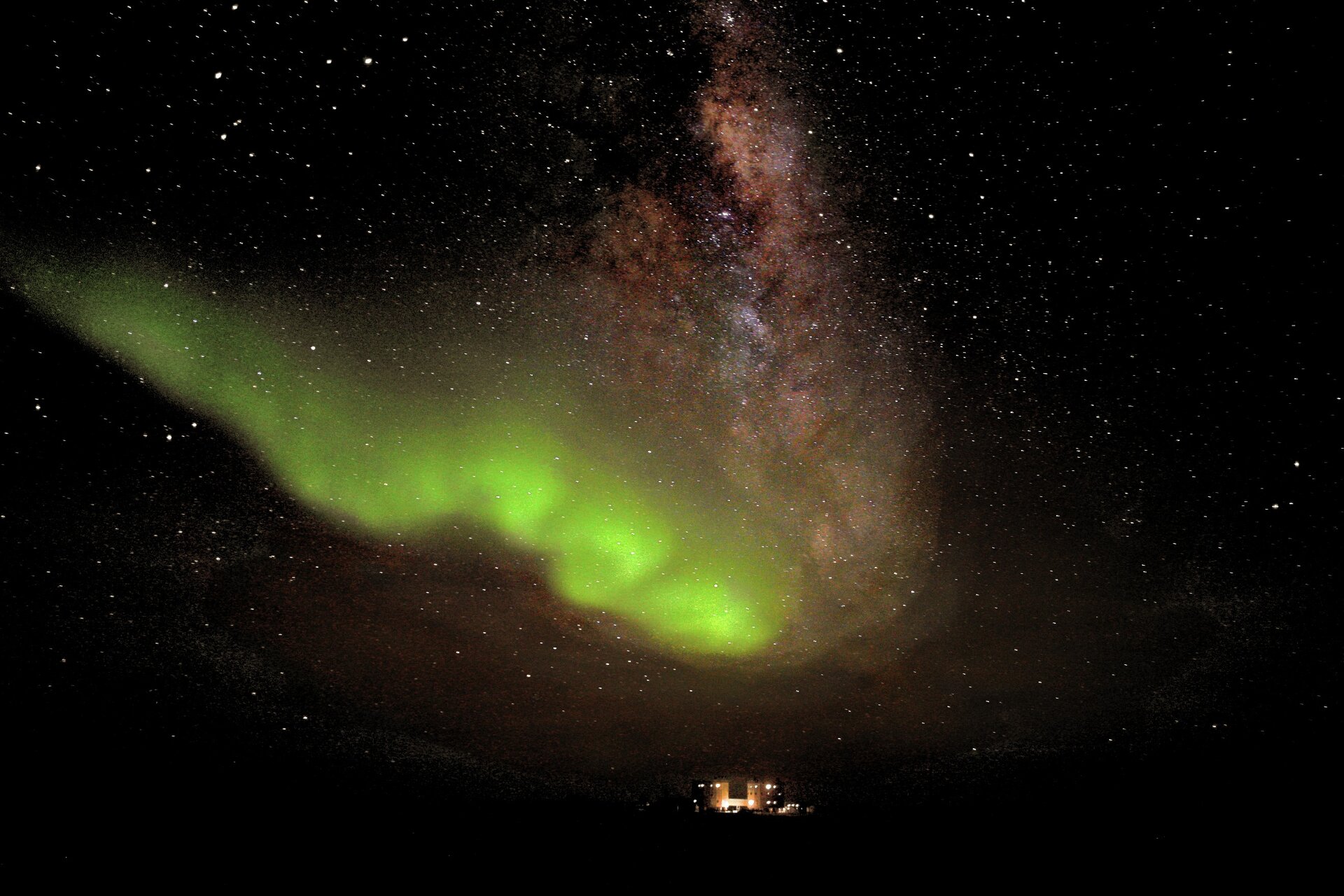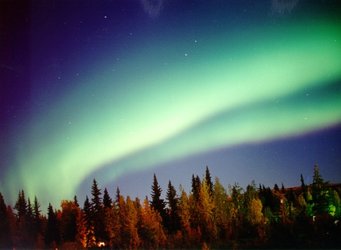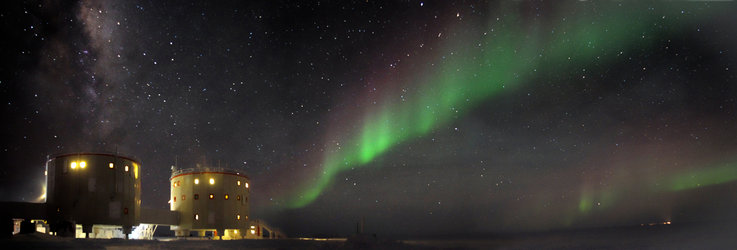Understanding Auroras at the bottom of the world
Beautiful images from Antarctica and from space show the Aurora Australia – or Southern Lights – glowing and pulsating. Auroras happen over both the North and South polar regions, and during periods of increased solar activity, can extend to more populated regions. But although they are beautiful to look at, the particles creating auroras can be dangerous to space assets such as satellites, and scientists are also still working to unlock all of the mysteries of the phenomenon.
Data captured on the ground in Antarctica and from space, using the four identical spacecraft of ESA’s Cluster mission, have helped scientists to understand the different kinds of aurora. The images normally shown of the auroras are of what are called “discrete aurora” – the moving curtains of light visible to the naked eye, although their colours are normally much more obvious in camera exposures.

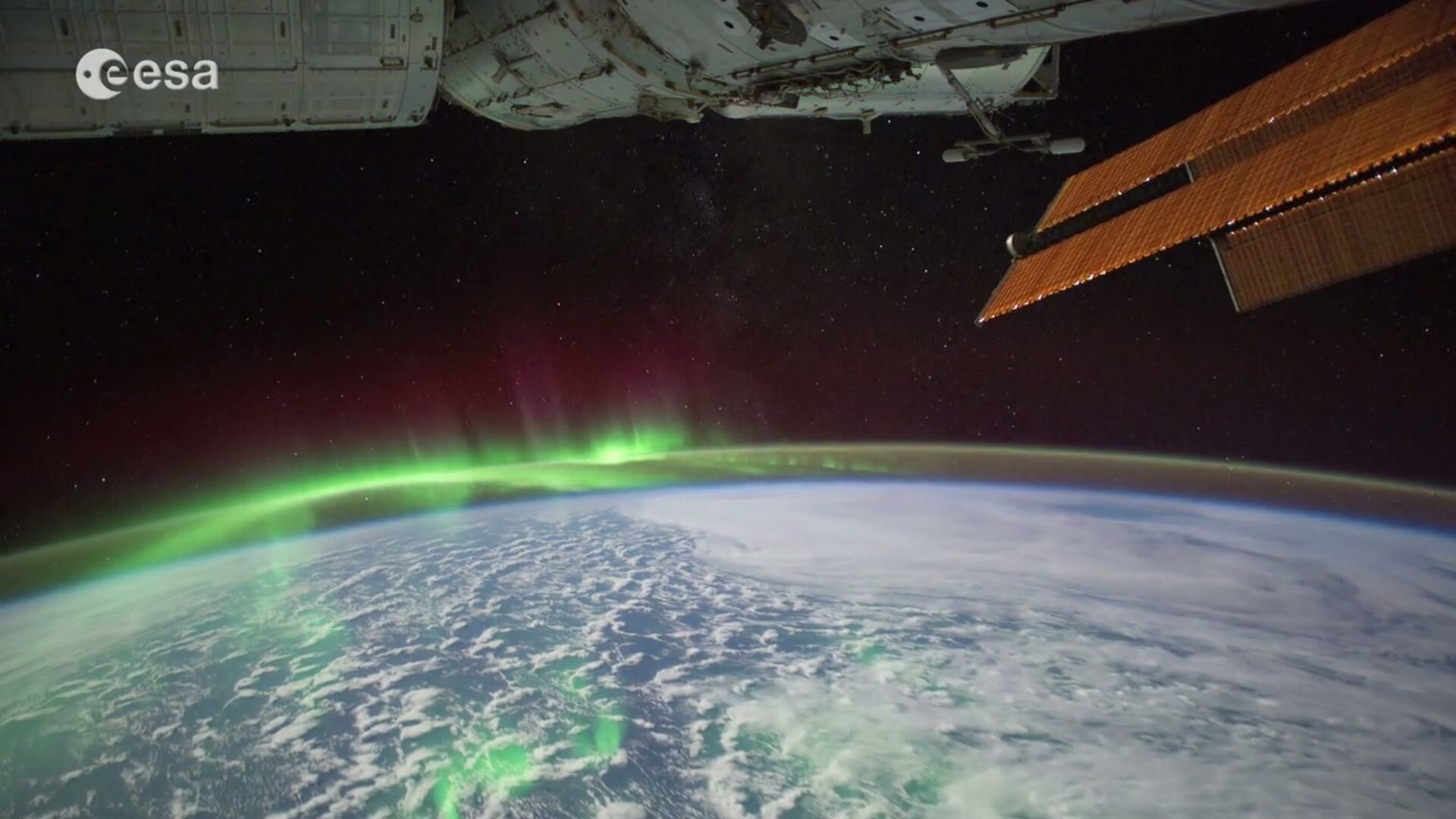
Access the video
A more extensive kind of aurora, the diffuse aurora, is not usually visible to the naked eye but glows in the upper atmosphere in satellite images. Diffuse aurora are caused by electrons hitting the atmosphere – but it took scientists many years to figure out how they got there, since the Earth’s magnetic field should trap them much farther away.
Over recent decades, scientists speculated that very low frequency radio waves might be responsible for scattering electrons. A particular type of wave, known as “chorus”, was shown in experiments to cause the scattering. The strange name comes from the fact that the waves sound like morning birdsong when played through a loudspeaker.

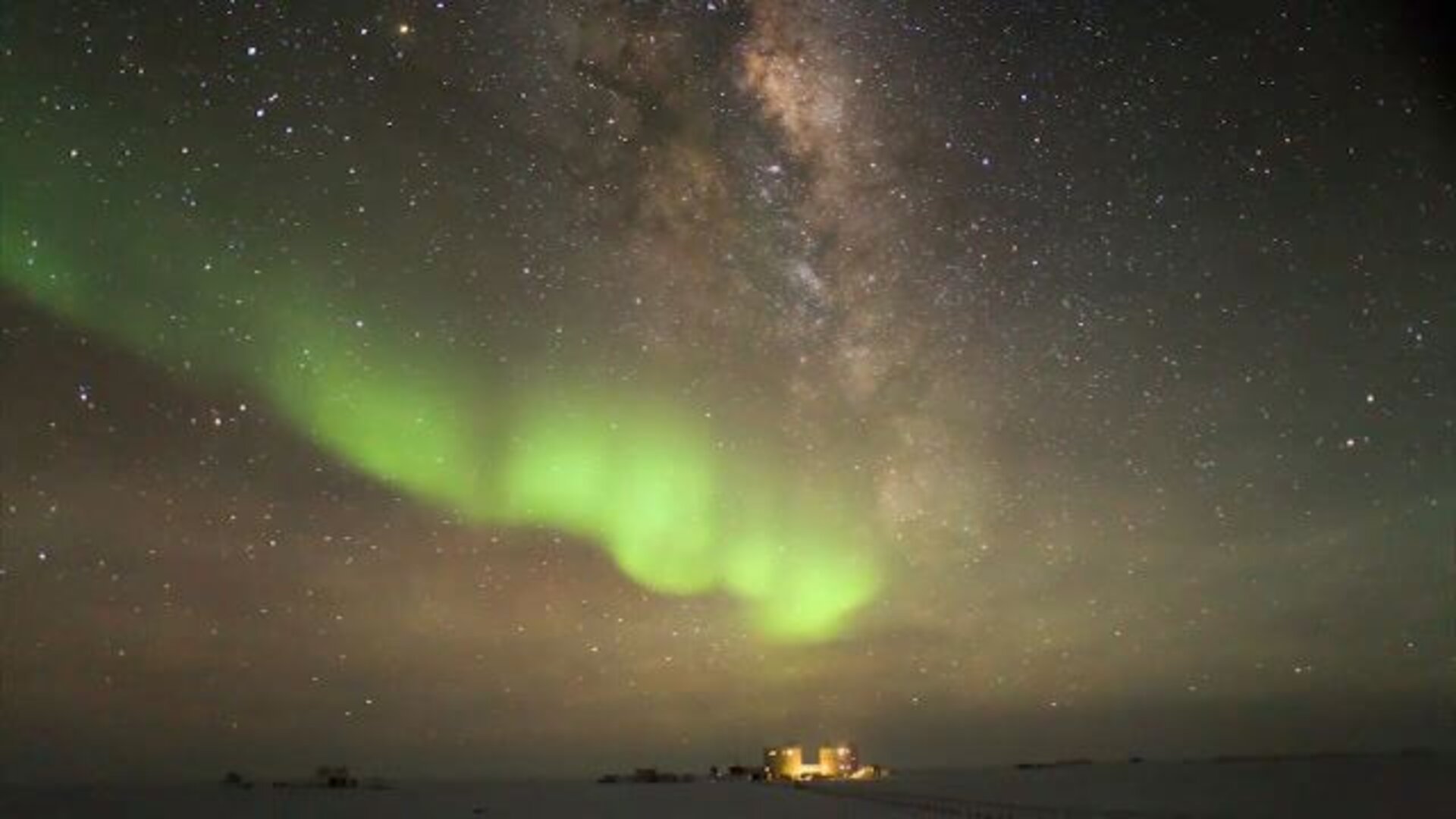
Access the video
Amazingly, researchers were able to trace the path of electrons being lost from space to the Earth’s atmosphere to find out how they were being scattered. The electrons hitting the atmosphere can affect chemistry in the upper atmosphere – including the ozone layer – and the effects of the chorus waves can also be incorporated in predictions of “space weather”, which can affect satellites, electricity supply grids, and navigation systems.
The research was published by researchers from the University of California and the British Antarctic Survey. Cluster was used to show the presence of chorus waves during the geomagnetic storms of Halloween 2003, and narrowed down their source location.


